While it's not a particularly exciting update, Apple's mid-2014 13-inch MacBook Pro with Retina display increases performance and offers more value, making it an enticing offer for those who may have been waiting to take the plunge on a thin-but-powerful high-resolution notebook.
Configurations
For our review, we opted to test the entry-level 13-inch model (model no. MGX72LL/A), featuring a 2.6 gigahertz processor, 8 gigabytes of RAM, Intel Iris integrated graphics, and 128 gigabytes of PCIe-based flash storage. This specific model represents arguably the greatest boost over the previous generation in Apple's 2014 refresh, as the company upped the value by doubling the included RAM and packing in a slightly faster dual-core Intel Core i5 processor, all while maintaining the same $1,299 entry price.
As part of Apple's mid-2014 refresh of the 13-inch models, customers can pay another $200 and get a 2.6-gigahertz dual-core Intel Core i5 processor with the same RAM and double the flash storage to 256 gigabytes. And a 2.8-gigahertz Core i5 with 512 gigabytes of flash memory starts at $1,799, with build-to-order options boosting processor and memory available.
And as always, those looking for more horsepower than the 13-inch models provide should consider Apple's 15-inch MacBook Pros, which were also recently updated to the latest Intel Haswell processors. The 15-inch notebooks start with 16 gigabytes of RAM, and users must upgrade to the larger form factor if they want to add a more powerful, dedicated Nvidia graphics card.
For comparison, last year we also took a look at the entry-level $1,299 13-inch MacBook Pro with Retina display. While the entry price had been reduced in 2013, Apple achieved that by offering just 4 gigabytes of RAM. Now in 2014, Apple is back where it started in 2012: 8 gigabytes of RAM, standard, but with a lower price.
Apple's new Macs all ship with with Mavericks, the company's latest OS X operating system, as well as free copies of the iLife and iWork suites. Because Apple's next-generation system, OS X Yosemite, remains in beta and does not ship with new Macs, we did not test it for this review.
Design
This year's update features the same great unibody chassis as last year. That means it's still slightly thinner than the 2012 model, coming in at 0.71-inch thick.
The 2014 MacBook Pro update carries the same 3.46-pound weight and has the same high-resolution 13-inch Retina display, which outputs a native 2,560-by-1,600 pixel picture, with a resolution desnity of 227 pixels per inch.
Ports on the outside also remain unchanged: The left side is home to a MagSafe 2 charging port, two Thunderbolt 2 inputs, a USB 3.0 port, 3.5 millimeter headphone jack, and two microphone holes. The right side has another USB 3.0 port, an HDMI out, and a full-size SD card slot.
As with last year, Apple's 13-inch model features the exact same ports found on the larger 15-inch model, so users who opt for the smaller form factor won't miss out on any connectivity.
Apple's standard island-style backlit keys and industry-leading glass Trackpad also remain untouched.
In short: The design is unchanged, and it's still great.
Performance
The mid-2014 13-inch MacBook Pro shows mild but noteworthy performance increases over last year's model. The new processor is 0.2 gigahertz faster than the 2013 variant, using the same underlying architecture but offering identical battery life.
We ran the latest entry-level model through a free 32-bit Geekbench test and found a single-core score of 2,865, besting last year's 2,597. The multi-core test also showed improvement from 5,587 to this year's new score of 5,975.
In the Novabench test, we also found that the RAM performance was improved over last year, with a speed rated at 8,351 megabytes per second. Last year's 4-gigabyte model that we tested had a slower RAM speed of 7,869 megabytes per second.
Unsurprisingly, graphics performance was essentially the same across NovaBench, Unigine Heaven and Cinebench. The new MacBook Pro uses the same Intel Iris graphics as last year's model, and the results were on par, and in many cases identical.
Strangely, in the Unigine Heaven ultra stress-test, the software reported that the Intel Iris GPU was only providing 256 megabytes of virtual RAM. Considering the scores were largely identical with last year's model, and our system's preferences indicated that up to 1.5 gigabytes should be assigned dynamically by OS X Mavericks, we presume this was simply misreported by the application.
And for a direct comparison to our tests from last year, we ran an older version of Cinebench, while also running the latest "R15" model. Scores for both are included in the chart seen above.
Finally, NovaBench also showed that the flash drive's write speeds on this year's model were essentially identical to last year's.
In terms of battery life, Apple has rated the 13-inch MacBook Pro with Retina display at up to nine hours of wireless web, up to 9 hours of iTunes movie playback, and up to 30 days standby time. In our tests, the MacBook Pro could easily get through a full workday as advertised. In a more extreme battery test, streaming YouTube videos at maximum brightness, the notebook made it over six hours before shutting off.
Conclusion
With the positives unchanged, but better performance and value than last year's excellent model, we have no problem recommending the mid-2014 13-inch MacBook Pro with Retina display. Frankly, in a professional-grade machine, 8 gigabytes of RAM should be standard, and we're happy that Apple met that mark without raising the price.
If you already have a 2013 13-inch MacBook Pro with Retina display, we see no reason to upgrade here. The clock speed on the new processor is indeed faster, but you won't notice any more zip in day-to-day use without running benchmark tests to prove it.
Owners of the very first 13-inch Retina model from 2012 should probably also wait. While the jump to Intel's Haswell processors did boost performance and battery life and make this an enticing machine, an even more significant upgrade is likely coming next year with the company's next-generation Broadwell chips.
Since all of the 13-inch models from 2012 came with 8 gigabyte of RAM standard, the upgrade potential here is also lessened for most prospective buyers.
But if you're still running a legacy MacBook Pro, or you're looking to slim down from a bulkier 15-inch model, or you want to transition to more power from a MacBook Air, or you are entirely new to the Mac family, this is as good of a time as any to pull the trigger and opt for the 13-inch MacBook Pro with Retina display.
Buyers in the market for this size and level of horsepower won't be disappointed. The build is best in class, the performance is excellent, and the features and built-in software are exactly what you buy a Mac for. And with OS X Yosemite coming this fall as a free upgrade, your new Mac will gain even more functionality.
Finally, if you're ready to buy a MacBook Pro with Retina display but can't decide between the 13- and 15-inch models, it's simply a matter of power versus portability. The svelte form factor of the 13-inch model is ideal, and if you can get by without a dedicated graphics card, it's an easy recommendation.
If you need more pixel pushing power, or like to game occasionally, the 15-inch model —  along with the optional Nvidia GPU upgrade —  are probably a better bet. And in terms of what you're paying for, while this year's 13-inch model is a better value than last year, we still see the greatest dollar-to-performance ratio in the 15-inch MacBook Pro.
But many professional users simply don't need that much performance or screen size, and they don't want the added bulk. Road warriors looking to maintain some portability will come away pleased — Â the 13-inch MacBook Pro with Retina display hits a specific and ideal mix of size, performance and style.
Score: 4 out of 5
Pros:
- 4 more gigabytes of RAM at the same entry price
- Faster CPU
- Same great design
Cons:
- Still no discrete graphics option
- 15-inch still offers more performance for your buck, albeit with more bulk
How to Get the Lowest Prices When Buying:
Readers looking to purchase a mid-2014 MacBook Pro can take a look at our Price Guides to find the lowest possible prices. Through partnerships with some of Apple's largest Authorized Resellers, AppleInsider is proud to offer the industry's best pricing on MacBook Pros, MacBook Airs, and virtually all other Macs Apple offers.
As of press time, several resellers are selling the $1,299 entry-level 13" MacBook Pro we tested (model no. MGX72LL/A) for $1,234.99, including B&H Photo, which throws in your choice of either a free copy of Parallel's Desktop for Mac or a 1-year subscription to LoJack for Laptops. You can also save another $69 by bundling a discounted 3-Year AppleCare Extended Protection Plan with this Mac from B&H by selecting it from the "Protections Plans" drop down menu. The two together price out to $1,414.98 — a savings of $133 off Apple's price for the bundle, and the lowest price for this Mac with AppleCare anywhere by $32, according to our Macs + AppleCare Price Guide. And as long as you do not live in NY state, B&H won't collect any sales tax on your order, which will add roughly another $100 in savings for a combined savings of over $233.
For readers looking for absolute lowest price on just the MacBook Pro itself, MacMall also lists this model for $1,234.99 but offers AppleInsider readers an additional 3% off its MacBook Pro and MacBook Air prices when using the links in the Price Guides and then applying promo / coupon code APPLEINSIDER01. This drops the price to $1,197.94 — $102 off Apple's retail price and the lowest price anywhere for this model. MacMall also only collects sales tax if you're shipping your order to CA, CO, GA, IL, MN, NC, NY, TN, or WI.
Another cost saving option is to consider a handful of closeout specials on the 2013 MacBook Pros that remain in Apple's sales channel, given that these models are nearly identical in architecture and performance to the models released in 2014.
For additional offers, models and tax-saving options, check out or Price Guide insert below or jump over to the full Price Guides. Also, if you're planning to upgrade but don't have a plan for your existing MacBook, consider selling it to one of the top-tier buyback services for some cash, which you can then use to offset the cost of your new MacBook Pro.
 Neil Hughes
Neil Hughes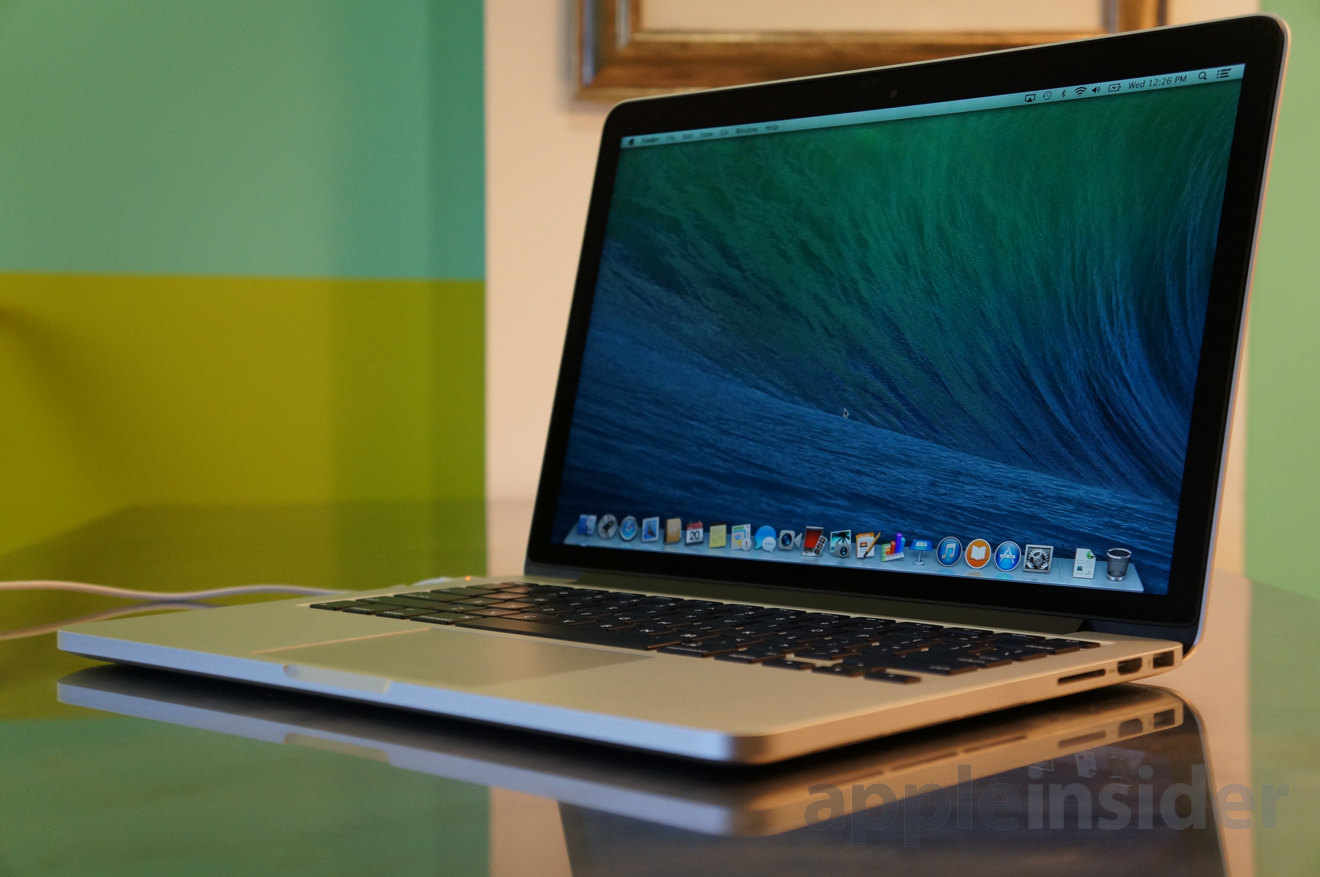

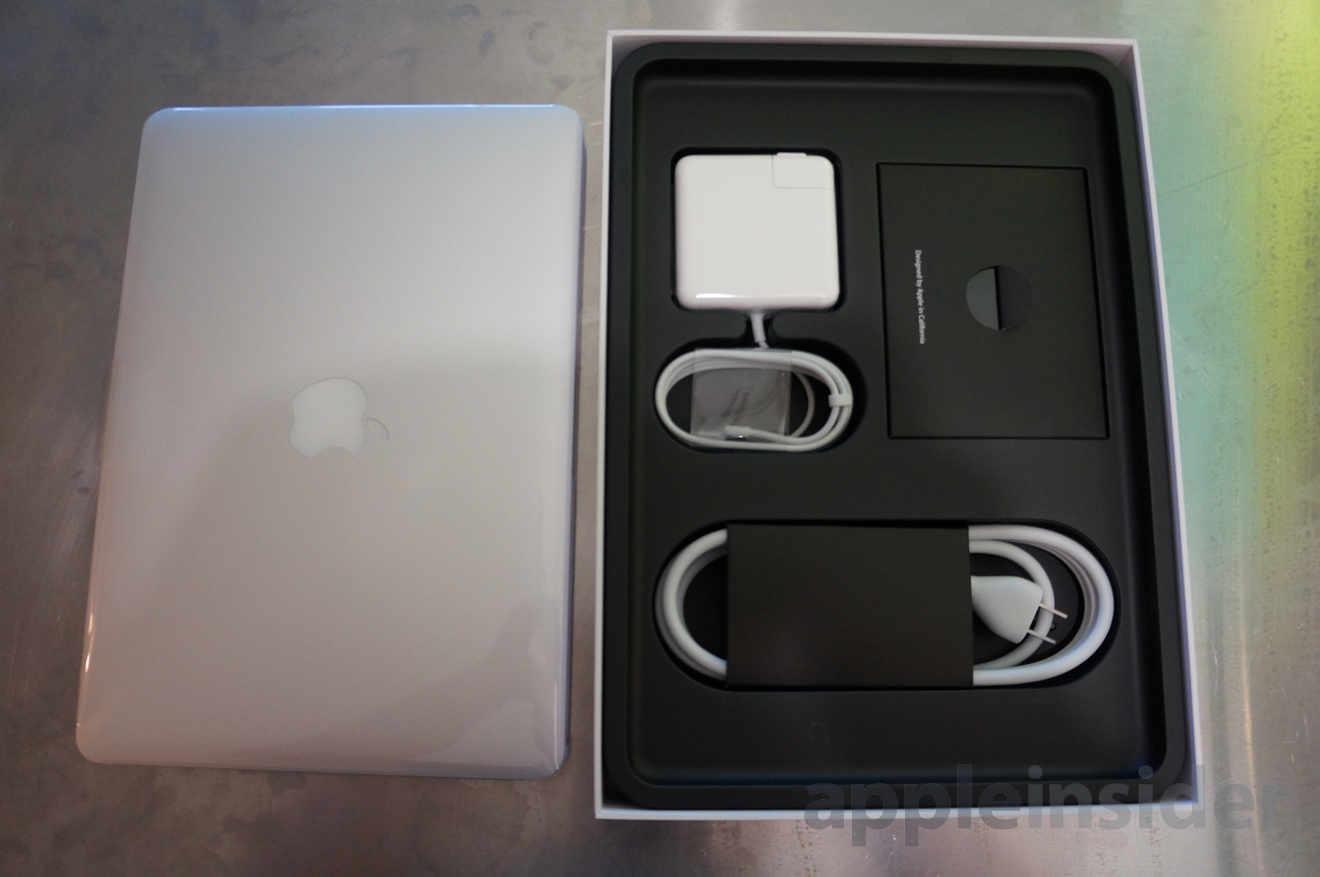
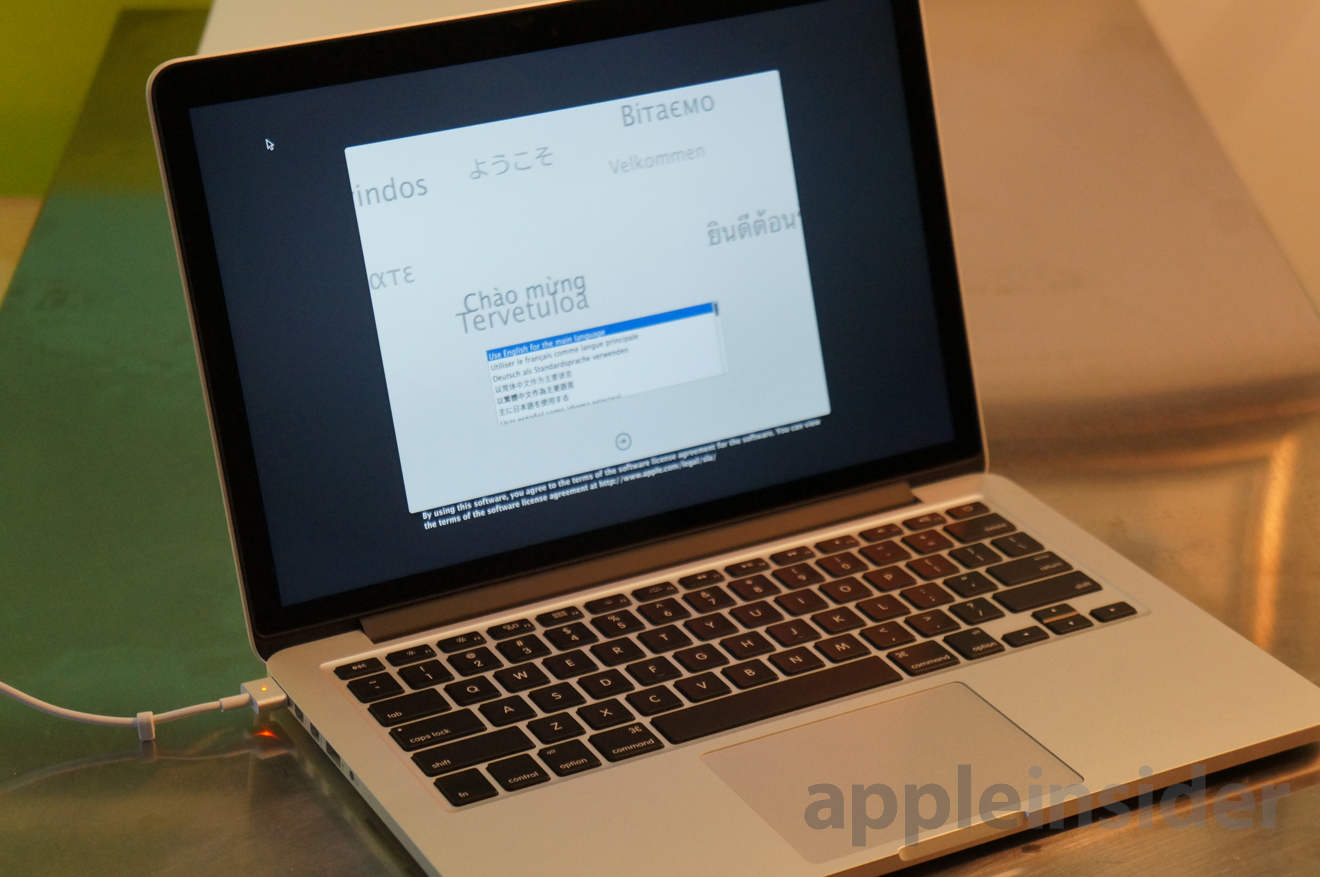
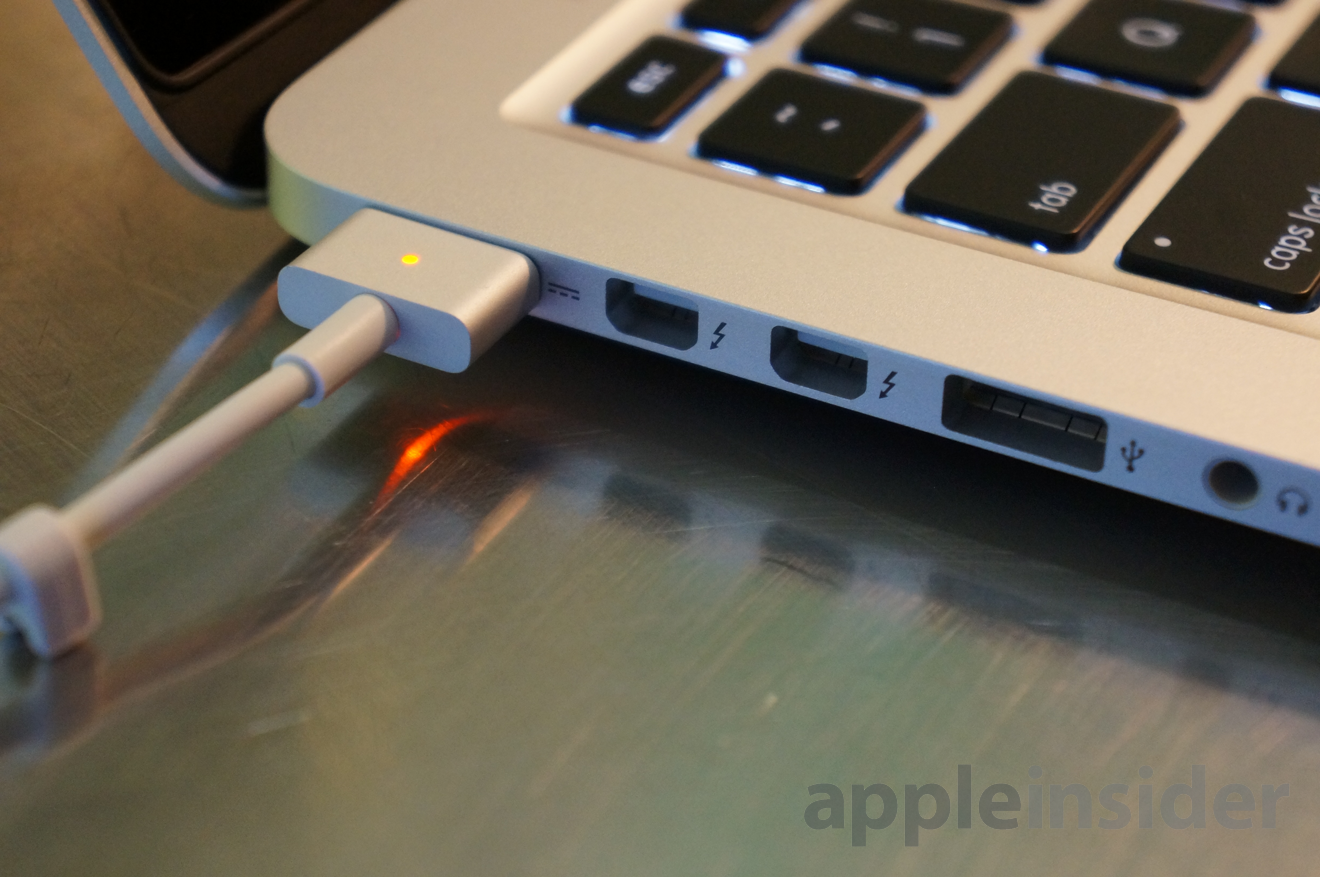

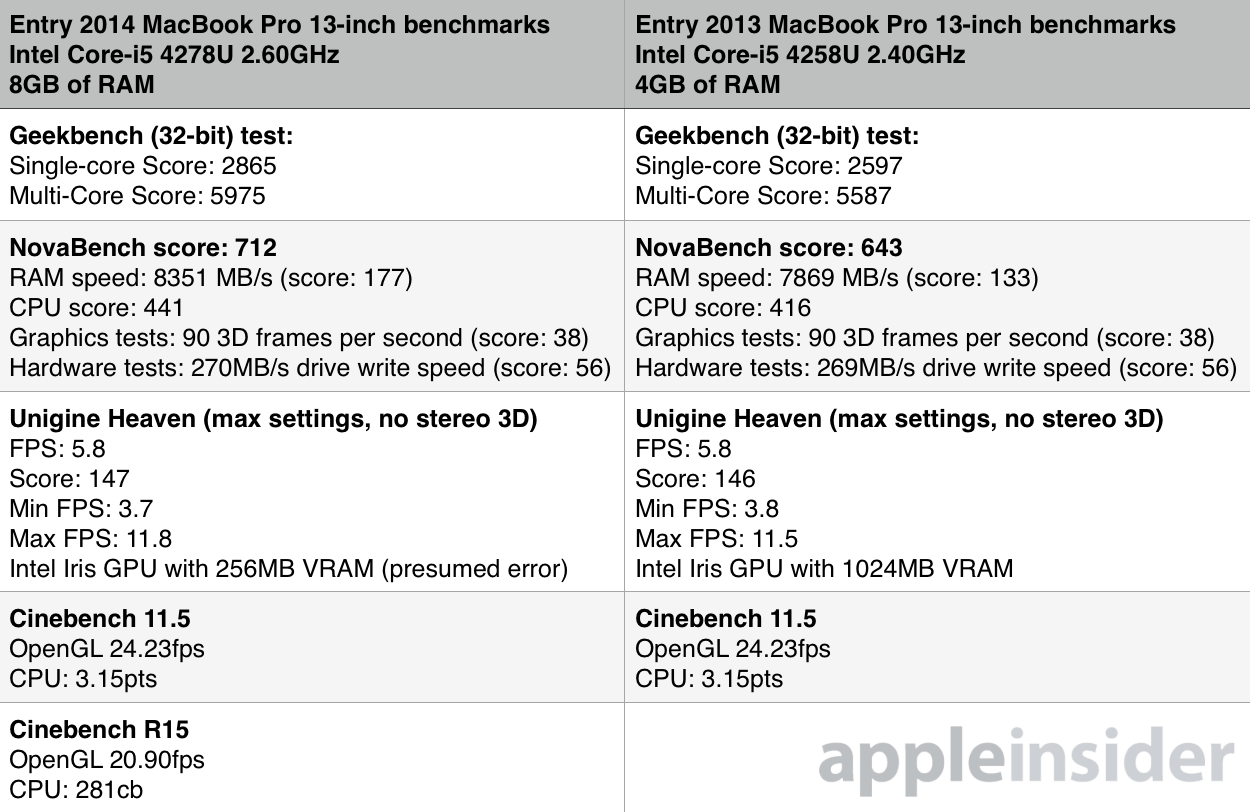
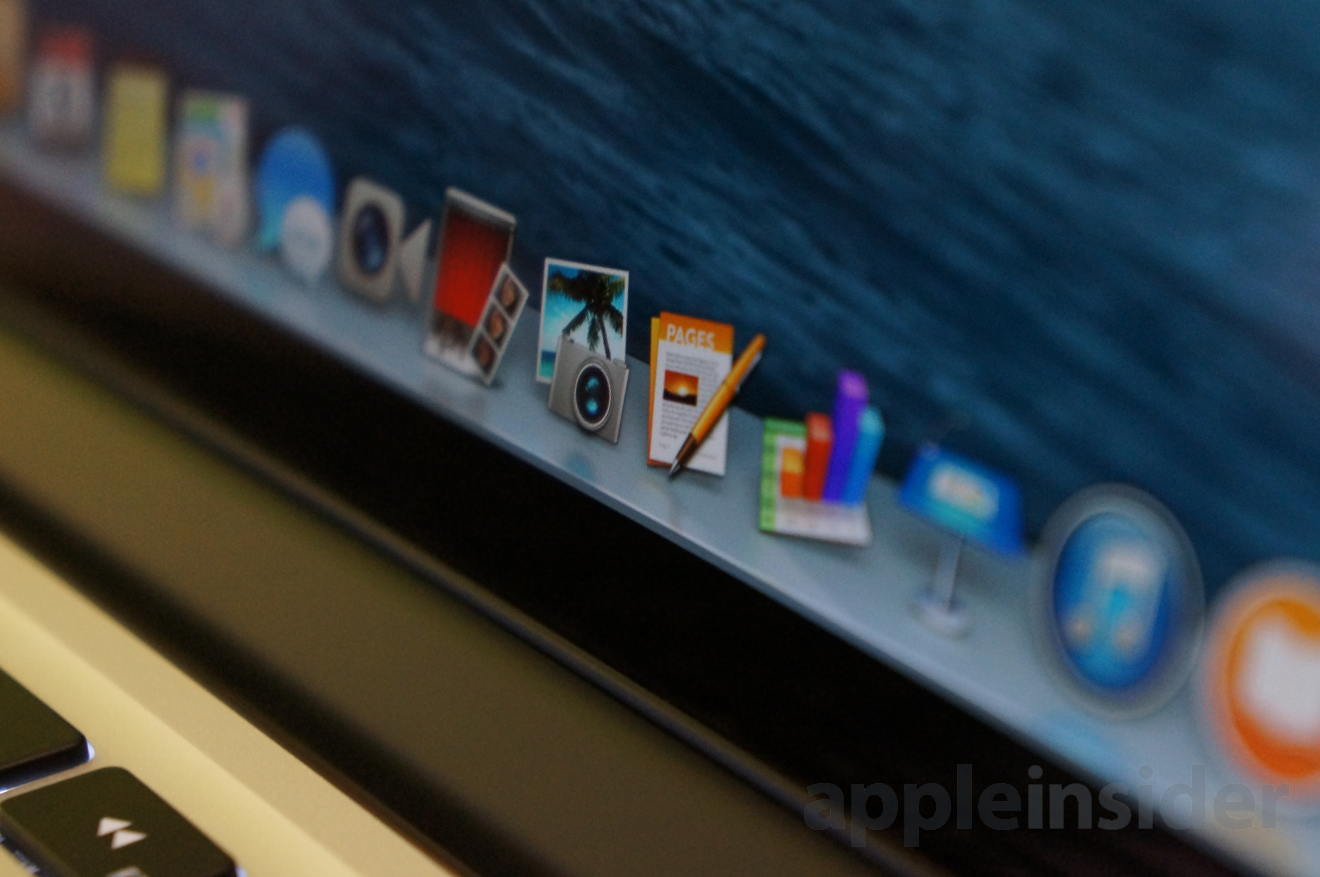

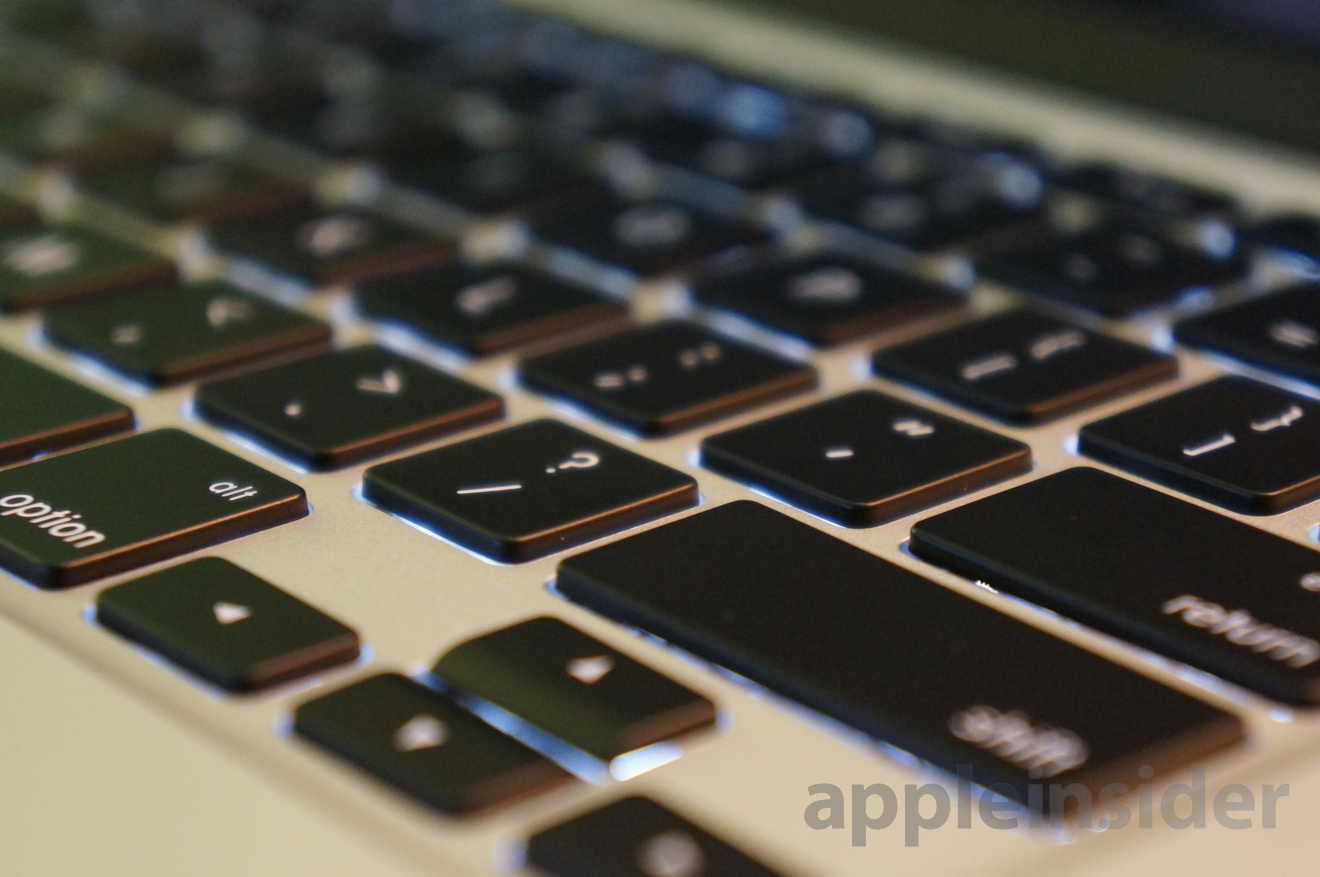
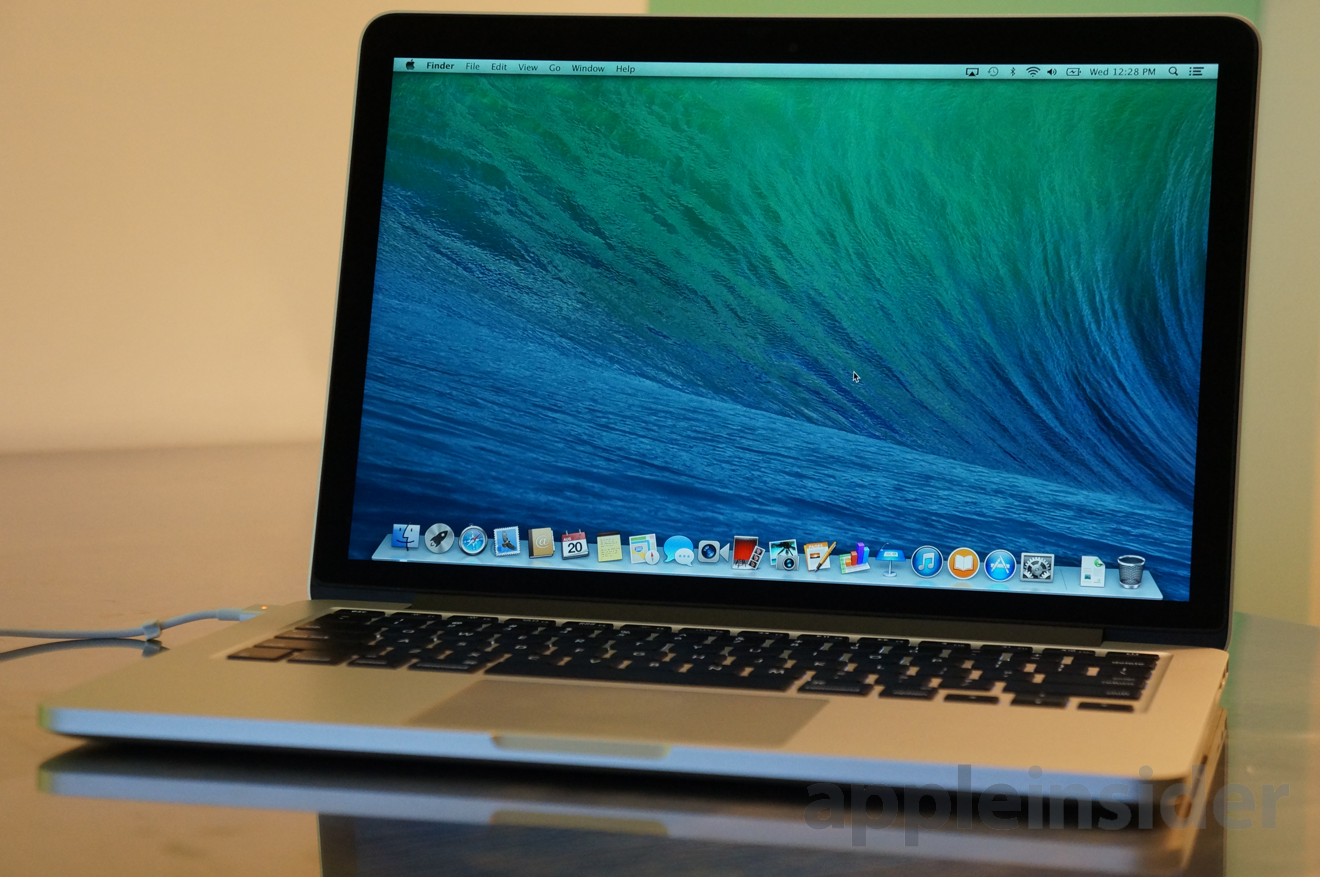


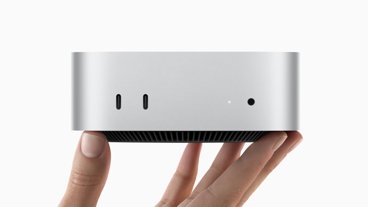
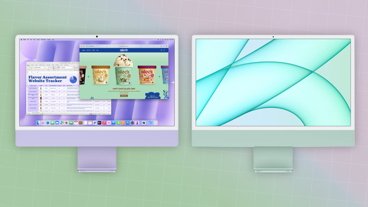
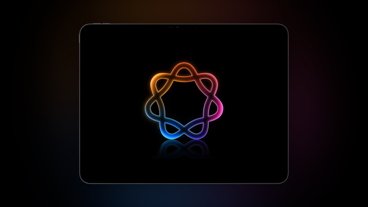
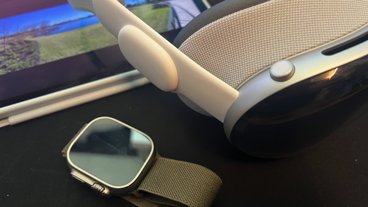
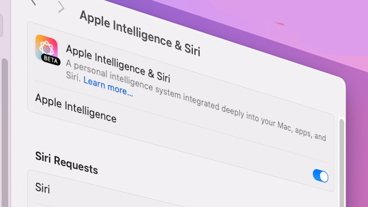
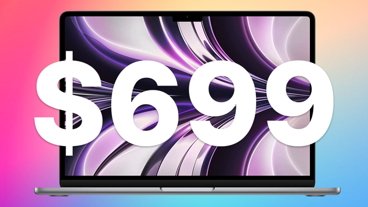



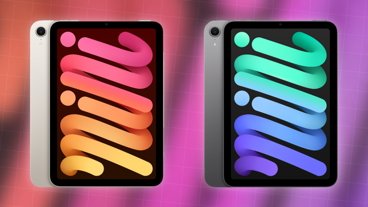

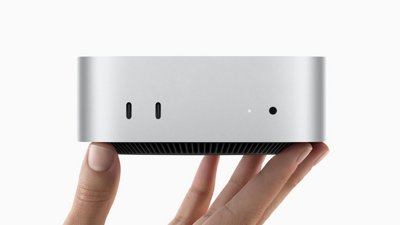
 Malcolm Owen
Malcolm Owen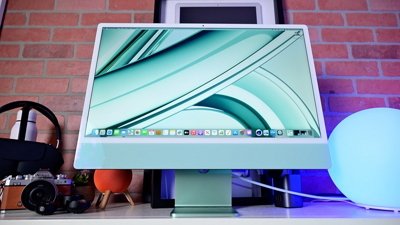
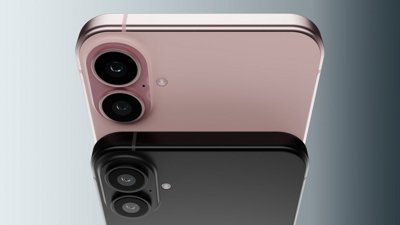
 William Gallagher
William Gallagher
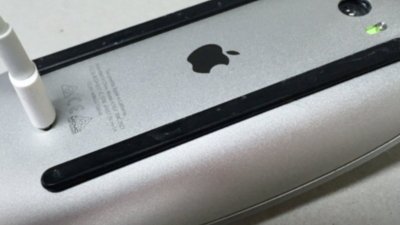


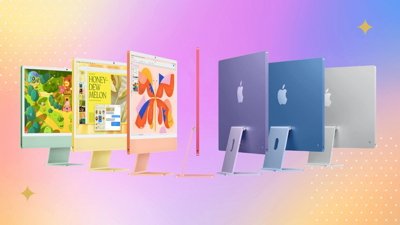
 Christine McKee
Christine McKee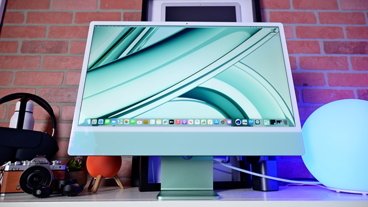



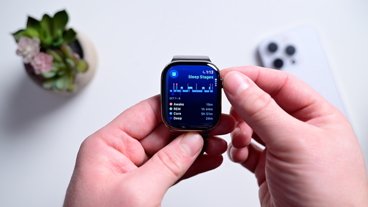
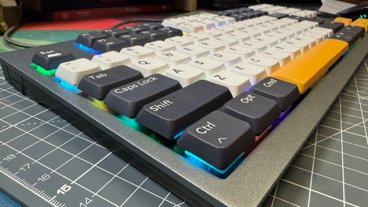

95 Comments
I got the previous edition, 2.3GHz 16GB RMBP 15, and it's the nicest laptop that I've ever owned. I only have two complaints about the machine: I wish that it had one more USB port, and it is useable but uncomfortable in economy seats in airplanes (not sure what Apple can do about the latter). Surprisingly though, it's not uncomfortable to lug around. Otherwise, it's everything that I could want - great battery life, fast as heck and buttery smooth. I wish that Apple would make the 13" match the 15" in specs, because the 13" feels quite underpowered in comparison.
A "review".....which also includes prices [I]and[/I] exclusive deals?
A "review".....which also includes prices and exclusive deals?
Gotta get that MacMall plug in! Wouldn't be an article with MacMall around it somewhere. Who the hell would order from MacMall anyways?
An Apple product reviewed on this site.
A refreshing change from the random hardware you guys 'review'.
I'd add a smiley, but the images are currently all broken links.
[quote name="macxpress" url="/t/181957/review-apples-mid-2014-13-inch-macbook-pro-with-retina-display#post_2583829"] Gotta get that MacMall plug in! Wouldn't be an article with MacMall around it somewhere. Who the hell would order from MacMall anyways? [/quote] They can at least report on whether users of these machines have experienced any problems or if they require any firmware updates since they've been in the wild for about a half-year.